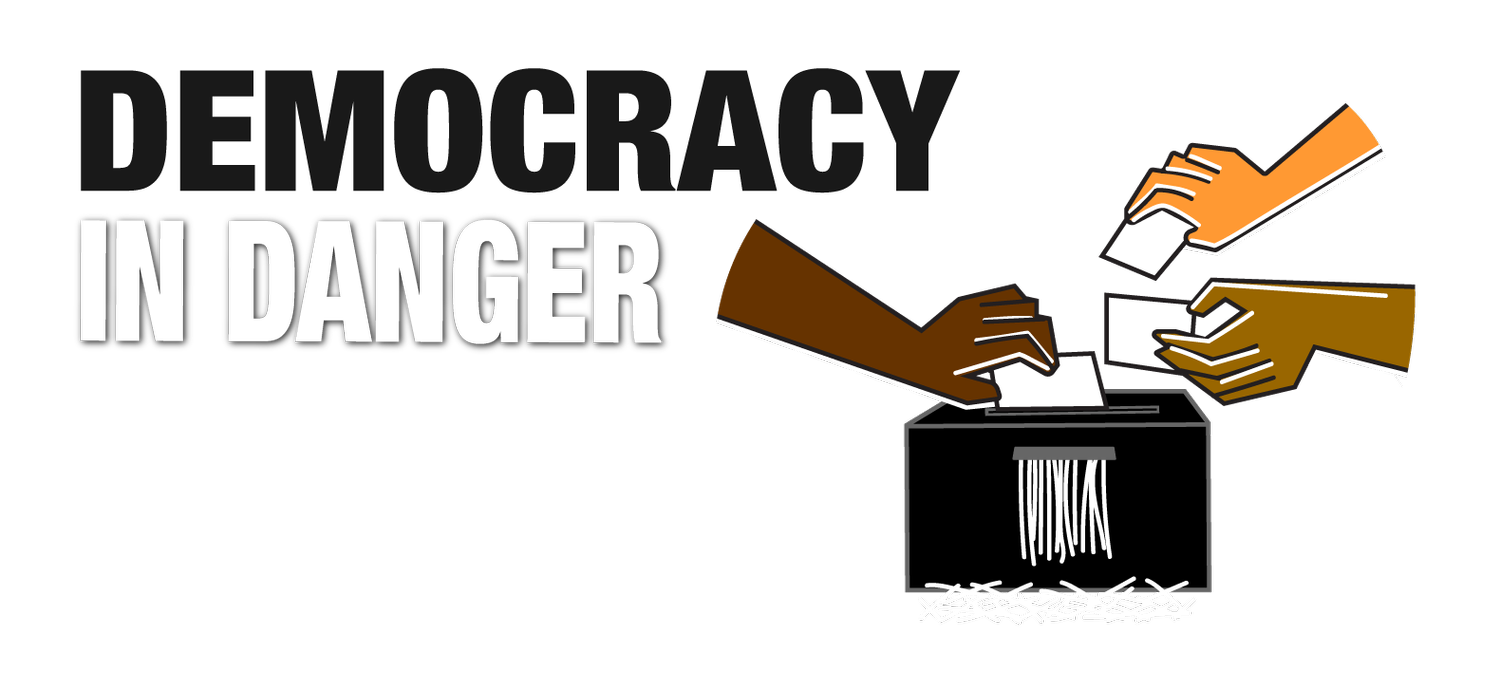India Burning
In the wake of British colonialism, India was founded as a pluralistic society. But that vision is in doubt.
Narendra Modi became India’s prime minister in 2014, promising economic growth and a respite from the corrupt and calcified Congress Party. But the Hindu nationalism of Modi and his party, the BJP, has hardened along with their will to govern. Modi’s administration has stifled the media, jailed opponents, taken over almost every democratic institution and adopted policies that are openly hostile to Muslims. Modi has also inflamed tensions in the troubled region of Kashmir. And in the past few months, his government’s resistance to scientific evidence has led to a terrible surge in covid infections and deaths. Where did Modi come from? And can he be stopped? This time on the show, a historian and two journalists give Will and Siva some answers.
As Hunter College historian Manu Bhagavan explains, India was founded on a pluralistic vision promoted by the likes of Mahatma Gandhi and his pupil, Jawaharlal Nehru — who became the country’s first prime minister. On August 14, 1947, the eve of Indian independence, Nehru addressed the constituent assembly in Delhi and urged its members to draft an institutional framework that would make the new nation a beacon to the world. For the most part, they did.
But the forces of far-right Hindu nationalism have long been lurking in the wings, eager to capitalize on inter-religious strife that had been stoked earlier under British rule. Indeed, a Hindu nationalist assassinated Gandhi not long after Nehru’s historic speech. But perhaps most significant, Bhagavan says, has been the failure of the Congress Party, which ruled through much of the 20th century, to overcome its own weaknesses: cronyism, corruption and blind dedication to Nehru’s descendants.
Picking up where Bhagavan leaves off, columnist Kapil Komireddi and investigative journalist Vidya Krishnan, lament how Modi has consolidated power, but also what he has failed to do — address profound inequities and control the pandemic. Krishnan says the uneven effects of the virus underscore the country’s deep divisions: India is home to some of the wealthiest people in the world as well as some 220 million people living in poverty. And while the virus is not bound by class or caste, the poor lack equal access to medical resources and have been dying in disproportionate numbers. Komireddi, meanwhile, assesses what it will take to oust Modi: a revitalization of the political opposition, for one — but also a reckoning in the BJP rank-and-file with what its governing coalition has wrought.








